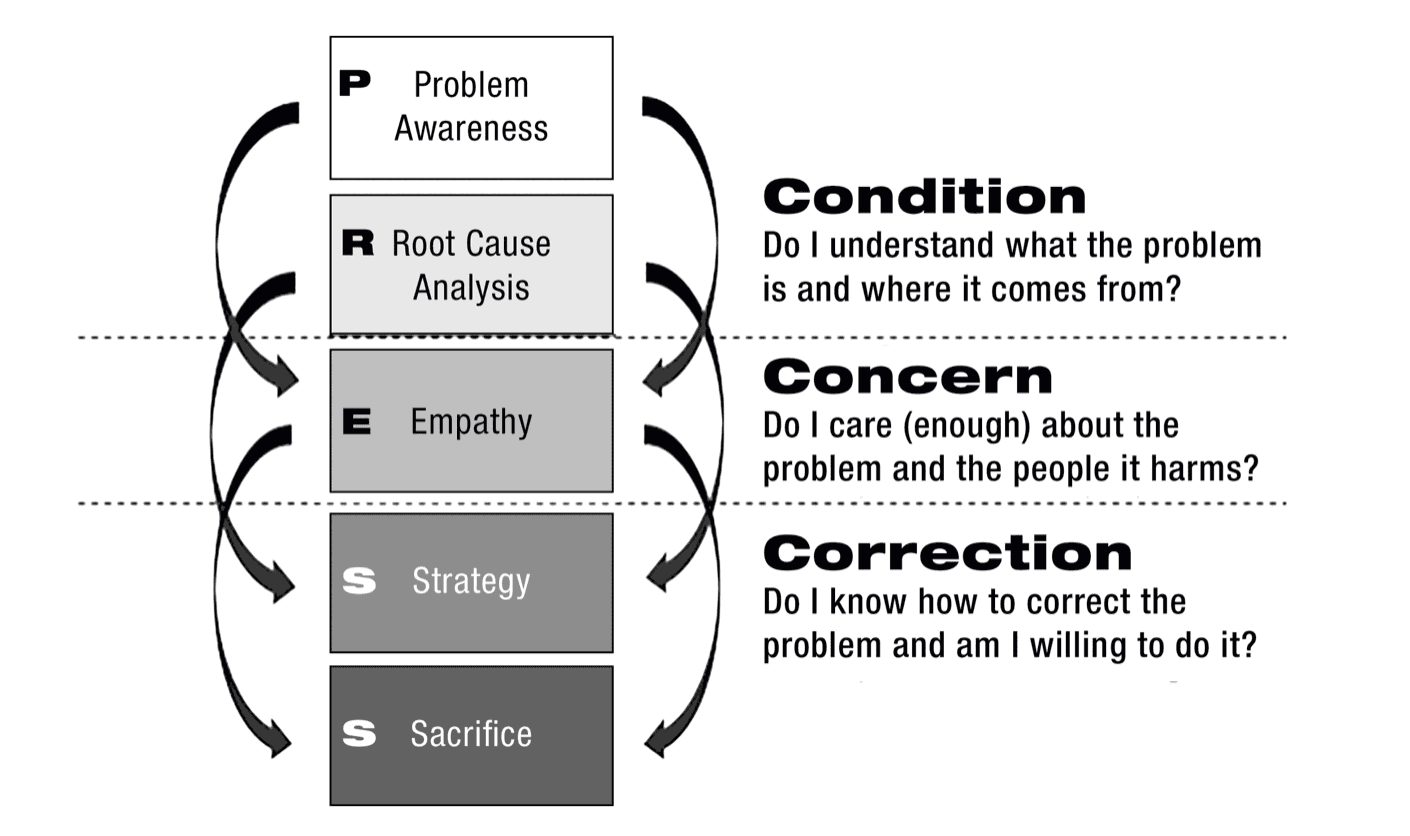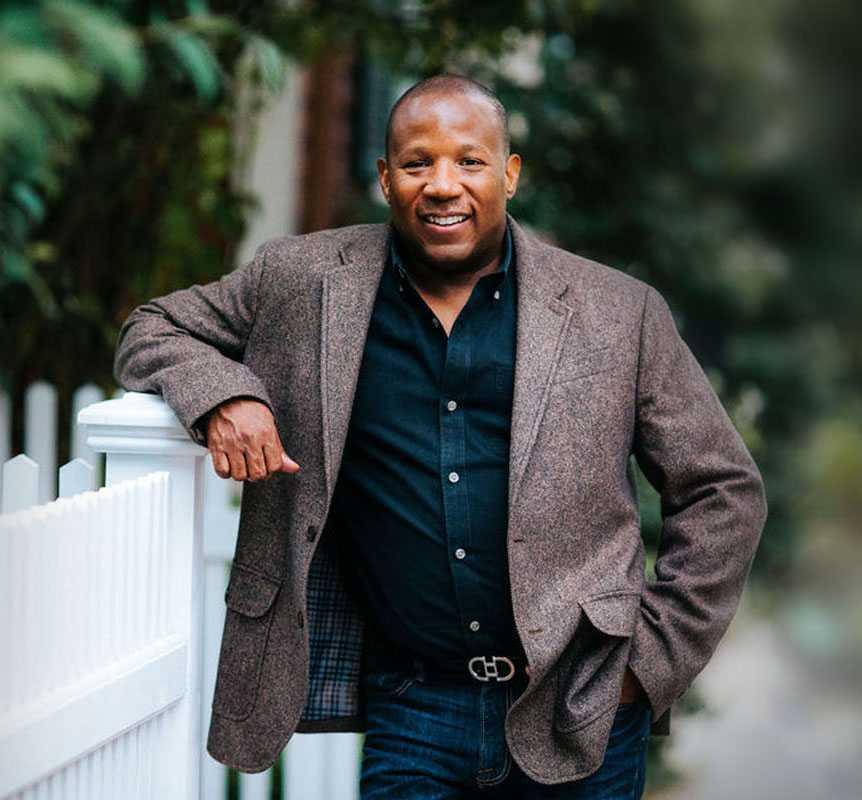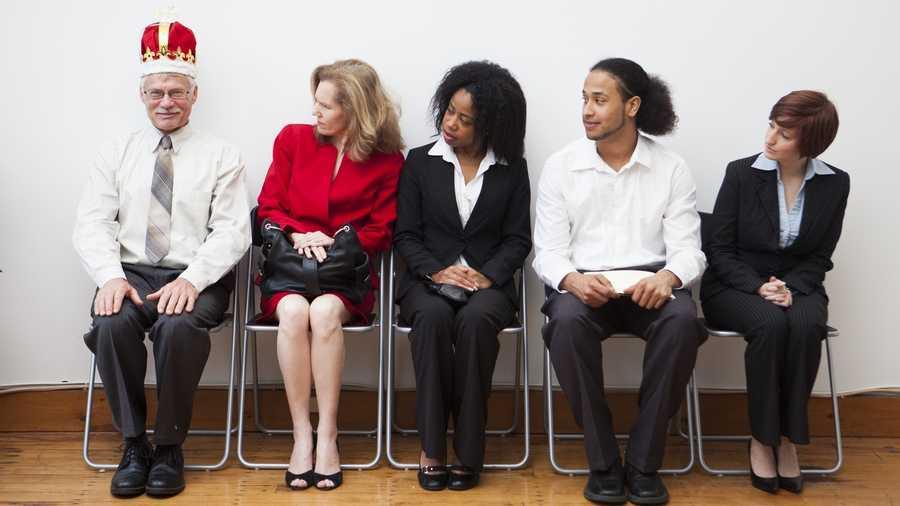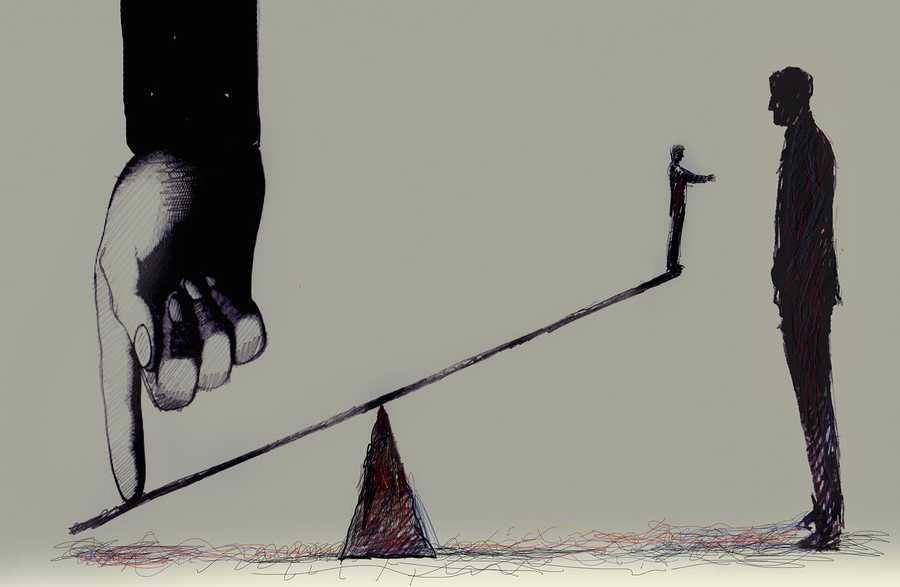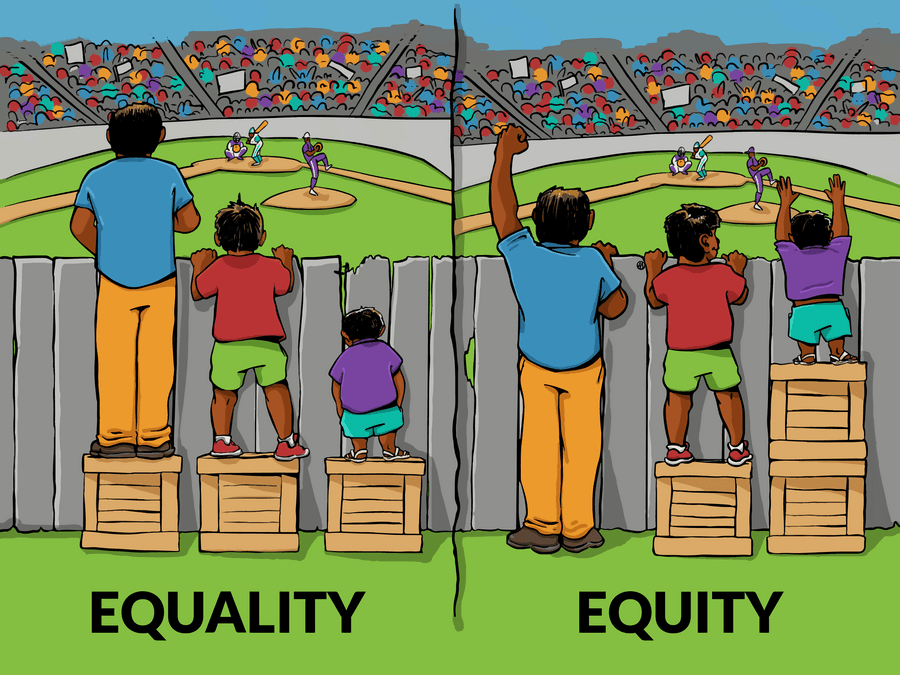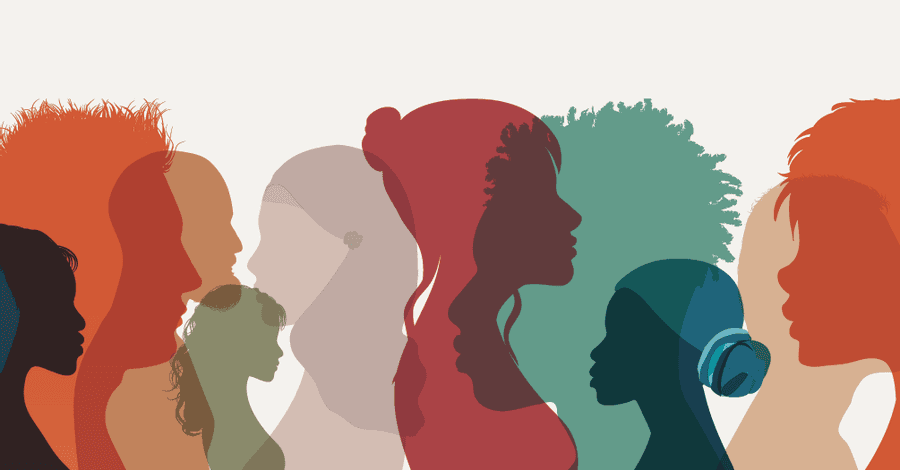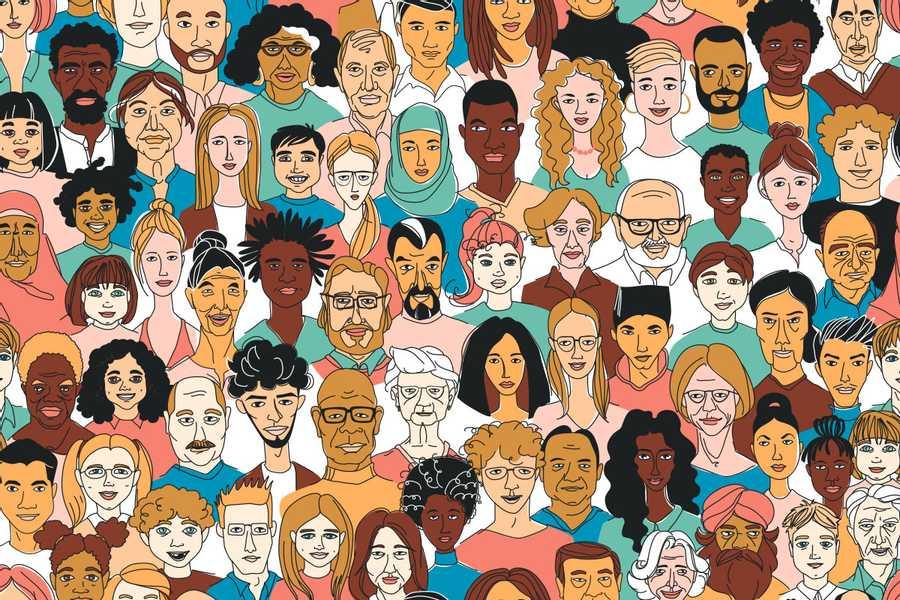Karl Murphy's Key Ideas from The Conversation
by Robert Livingston
Ideas, facts & insights covering these topics:
26 ideas
·24.2K reads
79
6
Explore the World's Best Ideas
Join today and uncover 100+ curated journeys from 50+ topics. Unlock access to our mobile app with extensive features.
The Power of Conversation
A conversation is one of the most powerful ways to build knowledge, awareness, and empathy, and ultimately effect change.
It is also a primal way for people to form bonds, build trust and create community. When people are given the opportunity to have a conversation after being exposed to new information they are more likely to have changes in behavior.
We are more likely to talk, listen, influence, and be influenced through productive conversation.
235
2.38K reads
The PRESS Model
The PRESS model is created by Robert Livingston, the author of this book and a public policy lecturer at Harvard Kennedy School.
This model offers corporate and organizational leaders to implement effective interventions to address racism. PRESS stands for:
Problem awareness
Root-cause analysis
Empathy
Strategies
Sacrifice
This model applies not only to racism but to almost any personal or social problem.
238
1.83K reads
People are not entirely rational or objective ... It is important to understand how emotions, needs, and desires impact the interpretation of facts, and what people accept as truth.
ROBERT LIVINGSTON
218
1.8K reads
The very existence of racism violates the notion that the world is fair and just, which makes people feel uncomfortable.
ROBERT LIVINGSTON
209
1.93K reads
If people are only attacked, threatened, or criticized, then they will retreat. If you confront and correct while giving resources, reassurance, and opportunity to grow, then many will rise to the challenge.
ROBERT LIVINGSTON
256
5.84K reads
Racism
There are many definitions going around for "racism" however, the author wants to underscore his definition of it:
Racism occurs when individuals or institutions show more favorable evaluation or treatment of an individual or group based on race or ethnicity.
The author believes that racism can manifest in the forms of "evaluation" and "treatment." Moreover, racism is mostly about how society operates. It doesn't have to involve hatred toward the "other" but it is frequently motivated by an opportunistic desire to promote self-interest or group interest.
214
1.03K reads
Systemic Racism
This is a term that is used to refer to a form of racism that is embedded in the laws and regulations of a society or an organization. It doesn't have anything to do with what's in your heart, brain, or intentions but it is all about how your actions and inactions allow the dynamics that are already in place.
211
876 reads
The 2 Types of Privilege
The two types of privilege are: individual and institutional.
Institutional privilege refers to all the advantages of Whiteness that are inherited through baked-in foundational forces and their impact on political, economic, legal, and social structures, policies, and practices.
Individual privilege is what individuals obtain for themselves, often called "achieved" status.
Institutional privilege is tied to individual privilege because a lack of the former constrains or restricts the latter.
The only group of people who have full privilege is the group of high-class Whites.
210
786 reads
White Privilege
White privilege is the term used to refer to the inherent advantages that are possessed by a white person on the basis of their race in a society that is characterized by racial inequality and injustice. It, along with Black Stigma, are residual effects of enslavement.
Robert Livingston underscores three points:
- White people are socioeconomically disadvantaged;
- There is a racial caste system that makes the nature of the social disadvantages facing Whites and Blacks quite distinct; and
- That the angst of the working-class Whites is misdirected.
204
689 reads
The Mechanisms That Maintain Social Hierarchy
Social dominance theory has identified the two primary mechanisms that help maintain social hierarchies: legitimizing myths and institutional terror.
Legitimizing myths are widely held with fictitious beliefs (meritocracy, divine right of the kings) where people accept valid explanations for social hierarchical positions, but when people stop believing in myths, institutional terror then actively maintains the hierarchy through the use of force, intimidation, violence, or oppressive legal policies or practices.
208
589 reads
The Impetus Behind The Injustice
Contrary to popular belief, not everyone wants social justice. There are people who prefer oppression and social inequality as long as they or their group is doing the oppressing.
Racism is perpetuated to the extent that people are willing to turn a blind eye to racist systems. These systems have been put in place hundreds of years ago but it is still alive today — continuing to perpetuate racial inequality without requiring those who benefit from the systems to be aware of its existence.
205
533 reads
Threats That Perpetuates Racial Inequality
- Structural Threat - a disruption to the racial hierarchy or status quo
- Psychological Threat - is comprised of an individual's sense of competence, certainty, status, or self-worth
These two types of threats can occur simultaneously, a great example would be the film Mississippi Burning.
204
526 reads
The Origin of Racism
Power.
The origin of racism (even sexism) comes from the desire to maintain power and the fear of losing power.
The name of the game is the preservation of the existing social hierarchy, in large because it is an arrangement that feels comfortable, secure, and familiar to many Whites. On the flip side, feeling uncomfortable and insecure can lead to higher levels of racial bias.
205
473 reads
Breaking the Fall into Racism Traps
- Have the people be mindful. There are people who are not aware that their feelings about their own shortcomings are directly tied to their political leanings and racial evaluations of other people.
- Practice self-affirmation. Power has a palliative effect on fear. It does nothing to cure the underlying insecurities caused by fear, but it sure does make people feel better about themselves by providing the illusion of invulnerability.
206
455 reads
The Origins of All Intergroup Biases
According to the optimal distinctiveness theory, humans are drawn to social groups that simultaneously fulfill two conflicting needs: the need for assimilation (the desire for social connection and belonging) and differentiation (the desire to be unique).
In order to satisfy both needs at the same time, we must join optimally distinct (or medium-sized) groups of similar others.
206
416 reads
Racial Microaggressions
Racial microaggressions are subtle and often inadvertent messages sent to people of color by "well-intentioned" white people that are unaware of the hidden meanings sent to them. Basically, unconsciously acting with bias.
Microaggressions (e.g., a higher tendency to interrupt people of color who are speaking, ignoring input from people of color, or displaying cold or hostile nonverbal behaviors) manifest racism directly—so much so that some scholars and practitioners have begun using the term racial harassment, in place of microaggression, to convey the seriousness of their impact.
205
409 reads
“I no longer believe we can “win” justice simply by filing lawsuits, flexing our political muscles, or boosting voter turnout. Yes, we absolutely must do that work, but none of it—not even working for some form of political revolution—will ever be enough on its own. Without a moral or spiritual awakening, we will remain forever trapped in political games fueled by fear, greed, and the hunger for power”
MICHELLE ALEXANDER
206
396 reads
Equality vs Equity
Equality simply means everyone is treated the same exact way, regardless of need or any other individual difference.
Equity, on the other hand, means everyone is provided with what they need to succeed. Thus, equity entails treating people differently but that is not the same as "special" treatment. The latter is based on pure favorites or cronyism, not need, merit, obstacles, or other criteria of commensuration.
Equal treatment in the face of unlevel playing fields and disparate barrier heights merely perpetuates systems of injustice that are already in place.
214
422 reads
How Racism Hurts People
Racism is a textbook example of harm because it hurts people of color in every sense imaginable—psychologically, physically, financially, and professionally.
It epitomizes how past events continue to produce harmful attitudes and outcomes in the present. The social, economic, political, and health disparities created by historical structures are still with us today.
Moreover, racism persists because people allow self-interest, tribalism, and other factors to conveniently distort their conception of fairness, values, and moral foundations.
203
371 reads
Why Organizations Should Care About Diversity
- Having diversity provides a sense of equity and belonging. The business case for diversity and moral case are intertwined—the former requires the latter in order to work.
- Failure to do so could damage the organization's reputation.
- Having people of color in an organization can provide to new markets.
- Diversity is a valuable asset unto itself. Diverse teams can generate higher levels of creativity and effectiveness.
- Diversity reduces social cohesion.
However, it is important to keep in mind that in order for diversity to pay dividends, it must be fully committed to equity and inclusion.
205
377 reads
The Negative Effect of Racism on All of Humanity
Strong reasons for ending racism can be made on the basis of both self-interest and collective interest. Systems of racial oppression don’t just harm Black people; they harm other people of color, and many White people as well.
People who are prejudiced against one social group are very likely to be prejudiced against multiple social groups.
When you condone hatred against one group, you simultaneously enable or increase the likelihood of hatred against other groups, including, quite possibly, your own.
205
363 reads
The derogation of one stigmatized group by another is an effective way to remove oneself from the very bottom of the barrel, it serves merely as an emotional salve that temporarily assuaged feelings of threat and shame. It does nothing to address the actual problem and enables and exacerbates it by ignoring its real source.
ROBERT LIVINGSTON
204
365 reads
What Everyone Can Do to Promote Racial Equity
- Control your behavior and seek out repetitive contact with or substantive exposure to out-group members.
- Be mindful of societal-level power differences without perpetuating them yourself.
- Be respectful.
- Leaders should devote considerable effort and attention to creating the right conditions for optimal intergroup contact.
- Practice simple empathetic mental exercises like putting yourself in someone else's shoes and thinking about what life is from their perspective.
- People must be given the chance or opportunity to do better.
207
365 reads
Combating Racism on a Psychological Level
- You can reduce prejudice simply by feeling good, calm, and secure. Practicing self-affirmation helps but also pondering the ways of love and kindness.
- White people should resist the temptation of falling victim to White solidarity. If there is no willingness to incur inconvenience, it will not work.
- Have actionable goals that pose a clear idea of what you can do to achieve the outcomes that matter to you.
205
357 reads
Combating Racism on a Structural Level
- There must be an institutional-based incentive to embrace diversity, by having so, opens up opportunities for individual behavioral changes.
- Hold organizations accountable for diversity in a clear, measurable, and unambiguous way. By examining the core values of the organization will help to clarify the utility of diversity and help the organization to establish priorities.
- Leaders have the ability to affect organizational culture through their words, actions, and policies, which influences employees' decision and behaviors.
203
327 reads
A Final Note on "Sacrifice"
Building diversity, equity, and inclusion requires the courage to do things differently.
Individuals, businesses, community leaders, and large organizational all have a role to play. It is within our discretion to do the hard work for the changes that we want to see happen.
204
341 reads
IDEAS CURATED BY
CURATOR'S NOTE
In this book, Robert Livingston has culled theory, data, and research from a range of scientific disciplines, including social psychology, behavioral economics, sociology, organizational behavior, political science, history, and evolutionary and molecular biology to address the fundamental question of how we can better name, understand, discuss, and resolve the problem of racism in society and the workplace.
“
Karl Murphy's ideas are part of this journey:
Learn more about books with this collection
How to build confidence
How to connect with people on a deeper level
How to create a positive first impression
Related collections
Discover Key Ideas from Books on Similar Topics
9 ideas
Unlock your blessings through "Zakat"
Sparkles of Humility
4 ideas
Survivorship bias: when failure gets forgotten
nesslabs.com
5 ideas
Frontiers in Social Innovation
Neil Malhotra
Read & Learn
20x Faster
without
deepstash
with
deepstash
with
deepstash
Personalized microlearning
—
100+ Learning Journeys
—
Access to 200,000+ ideas
—
Access to the mobile app
—
Unlimited idea saving
—
—
Unlimited history
—
—
Unlimited listening to ideas
—
—
Downloading & offline access
—
—
Supercharge your mind with one idea per day
Enter your email and spend 1 minute every day to learn something new.
I agree to receive email updates

